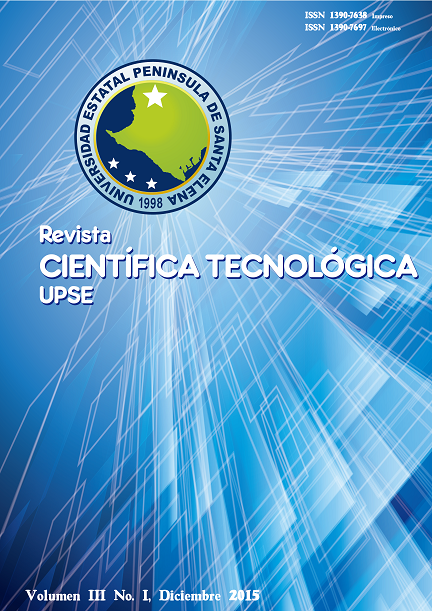Semantic web model for universities
DOI:
https://doi.org/10.26423/rctu.v3i1.78Keywords:
Dublin Core, indexing, metadata, model, search engine, semantic web, SEOAbstract
After examining the current microsites and repositories situation in University, Peninsula of Santa Elena´s, it was found that information lacked optimal and appropriate semantic. Under these circumstances, there is a need to create a semantic web structure model for Universities, which was subsequently applied to UPSE´s microsites and digital repositories, as a test study case. Part of this project includes the installation of software modules with their respective configurations and the use of metadata standards such as DUBLIN CORE, to improve the SEO (Search Engine Optimization); with these applications, it was achieved the creation of standardized metadata and the creation of uploading information policies. The use of metadata transforms raw data into well-organized structures that provide information and knowledge to generate web engine search results. Upon completion of the implementation of semantic web model, it is possible to say that the university had improved its presence and visibility on the web through the indexing of information in different search engines and the categorization positioning of universities and Repositories in the Webometrics ranking (ranking Web of Higher Education Institutions Worldwide).
Downloads
Downloads
Published
Issue
Section
License
El titular de los derechos de autor de la obra, otorga derechos de uso a los lectores mediante la licencia Creative Commons Atribución-NoComercial-CompartirIgual 4.0 Internacional. Esto permite el acceso gratuito inmediato a la obra y permite a cualquier usuario leer, descargar, copiar, distribuir, imprimir, buscar o vincular a los textos completos de los artículos, rastrearlos para su indexación, pasarlos como datos al software o usarlos para cualquier otro propósito legal.
Cuando la obra es aprobada y aceptada para su publicación, los autores conservan los derechos de autor sin restricciones, cediendo únicamente los derechos de reproducción, distribución para su explotación en formato de papel, así como en cualquier otro soporte magnético, óptico y digital.












